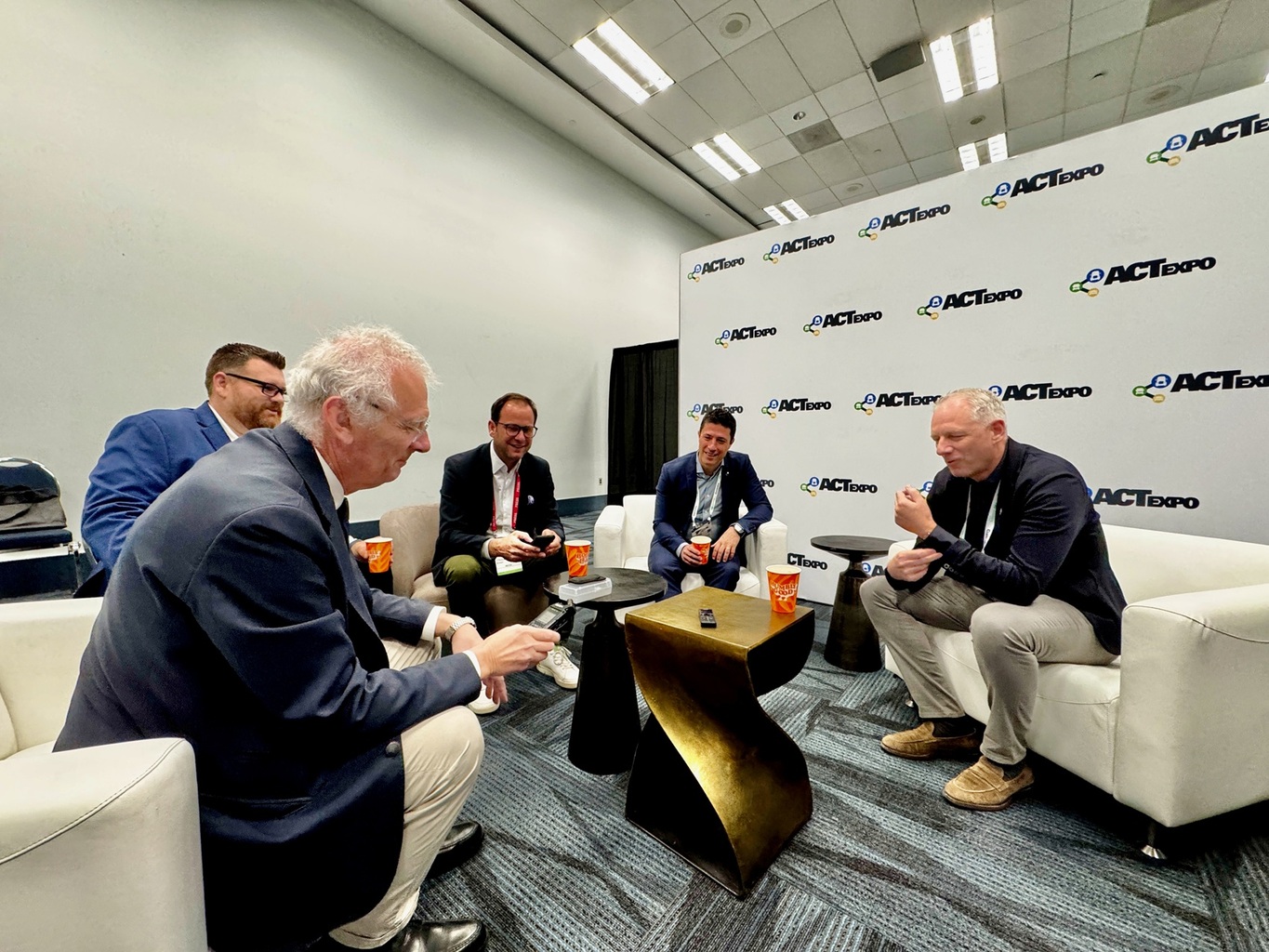
During ACTExpo in Anaheim, California, the ITOY jury had the exclusive opportunity to get first hand information on the latest developments in autonomous trucking. Nils Jaeger, President Volvo Autonomous Solutions, and Sasko Cuklev, Head of On-Road Solutions at Volvo Autonomous Solutions, deliver the answers.
ITOY: It seems that the new administration in the U.S. is pushing towards autonomous solutions. And Volvo has a long tradition in trying to find autonomous solutions. Where did you start, and where are you now?
Nils Jaeger: Where did we start? I think it’s fair to say that the development of autonomous technology initially took place in various places in the Volvo Group. You know, we have a truck business, a construction business, a bus business, and so on. Initially, we were developing partially within the truck divisions. Then we developed solutions - or technology, I would rather call it - in our R&D division. And Volvo Construction Equipment also developed their own technology.
In 2020, we decided to consolidate all these efforts into one business area: Volvo Autonomous Solutions, which Sasko and I work for. I’m the head of it, and Sasko is head of On-Road Solutions here in the U.S. We’ve made quite some progress over the years. Today, we focus on two industry verticals: quarry and mining and on-highway transportation.
For quarry and mining, we have a different approach compared to on-highway. We offer a full-stack solution - meaning we have developed our own virtual driver for that segment. We’re integrating that into our trucks and have already deployed it at sites.
Since about a year and a half ago, we are revenue-generating by running autonomous trucks without a safety driver at our first site in Norway, at Brønnøy Kalk, where we move limestone. We have seven trucks running simultaneously there. Now, we are deploying the same solution to another site in Sweden with the Boliden Mining Group.
That hands-on experience helps us a lot as we partner with others in on-highway transportation. For on-highway, instead of a full-stack solution, we provide an autonomy-enabled truck, and companies like Aurora and Waabi develop the virtual driver.
We launched our first autonomous VNL truck exactly one year ago at this show in Las Vegas. Since 2021, we’ve partnered closely with Aurora, and we have integrated their driver into our truck systems very deeply.
I think it’s fair to say that now, under Sasko’s leadership, we’re actively deploying autonomous freight operations with customers like DHL - which is public - and Uber Freight. We also have a handful of others under our key customer program.
Today we’re running autonomously with a safety driver, but we know exactly what needs to be done to remove the safety driver. We’re working towards that together with Aurora, starting in Texas, but everything we’re building can scale across the country, including through the Sundance Corridor.
Sasko Cuklev: I really like that question because sometimes it’s forgotten how long we’ve been in this space. If you go back to social media posts, you’ll see we’ve been working on autonomous mining trucks since around 2015, including underground mining.
Initially, it was very much a research project. But with Volvo Autonomous Solutions, the goal shifted from research to commercialization. And that’s what we’ve been focused on: understanding what it really takes to commercialize autonomous solutions. That’s why we have the first commercial application without a safety driver running in Norway today. Compared to younger companies, we have significant experience that gives us a real advantage.
ITOY: It seems the United States offer the right business case for autonomous solutions?
Nils: It does. Long distances, a shortage of truck drivers, regular traffic flow on highways, and more or less the same driving speeds - around 65 miles per hour - all heading in the same direction. That’s ideal.
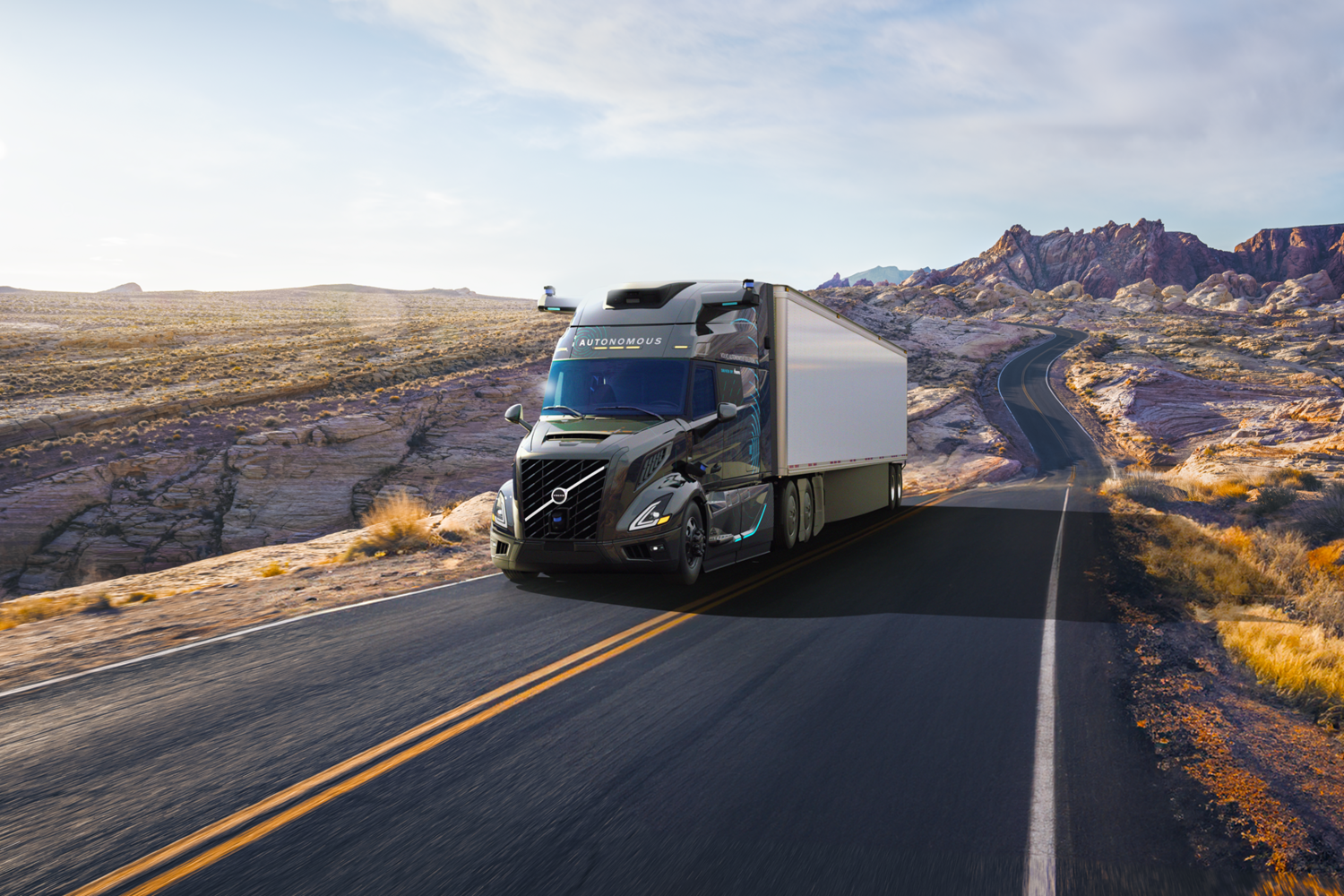
ITOY: Within that frame, how do you move? What are the main challenges you face when trying to deploy a fully autonomous truck on highways?
Nils: From the start, we understood that autonomous trucking isn’t just about putting a robot into a truck. It’s much bigger. We talk about building an ecosystem that needs to be in place to make this viable.
It’s not just the virtual driver and the truck. It’s also all the operational activities. Today, drivers do a lot beyond just driving: inspections, minor repairs, paperwork. We need an aftermarket solution ready to deal with issues because things will happen, especially in the early days.
We also need specific infrastructure - especially at customer depots - and a solid digital and IT solution to monitor everything remotely. Without a driver, if something happens, someone still needs to know and respond. We’ve built all that from the beginning.
Importantly, we don’t require any modifications to public highways. Our trucks should be able to operate with existing infrastructure - same trailers, same roads, everything.
Finally, it’s crucial that we co-develop everything together with our customers and authorities. We’re not building this alone, assuming we know best. That collaboration has been a cornerstone of our approach. In the future autonomous freight will become a new mode of transport, just like rail, air, or traditional trucking.
ITOY: If an autonomous truck is involved in an accident, who is responsible? You, your customer, or the software provider?
Nils: That’s a tricky question. It depends entirely on the circumstances. If an accident happens - and of course we hope it doesn’t - we will investigate carefully. Depending on where the fault lies, responsibility could be with us, with the software provider, or even with the customer, depending on operations.
ITOY: Still thinking about accidents: in a situation where the truck must choose between a head-on collision or swerving onto the sidewalk, who programs that decision? How does it work?
Nils: That’s something we work very closely on with our virtual driver suppliers. It goes back to the safety cases we are developing - this is the most important work we are doing.
Every possible scenario must be thought through carefully. Our principle is clear: We will not deploy anything unless we are convinced it is safe. We have a rigorous, cross-functional process in place for safety assessments before anything is released onto public roads.

ITOY: Will there be accidents with autonomous trucks?
Sasko: Of course, there will be accidents. But the key question is: how did they happen, and what caused them? The autonomous trucks operating today have cameras pointing in every direction. It’s very clear to identify what happened and what caused it. We can show examples where our virtual driver - in our case, Aurora - can detect a person 10 to 11 seconds earlier than a human driver. This allows the truck to change lanes proactively or take other actions.
We demonstrated this at CES together with Aurora, showing how the virtual driver, using LiDAR technology, could detect a human in the dark 11 seconds before the human eye could. Aurora even published the example on their website - it’s a great demonstration of the added safety to traffic.
ITOY: What do you still need from lawmakers to accelerate the deployment?
Sasko: In the U.S., especially in Texas where we are starting operations, we are already allowed to run. Many states are supportive and have put regulations in place. What we are still missing is a federal framework.
We are highly engaged in discussions at the federal level, contributing our experience and input, especially around safety. A federal regulation would definitely be beneficial and would establish a common standard - and we would actually appreciate a high standard, because we want to commit to it and deliver on it.
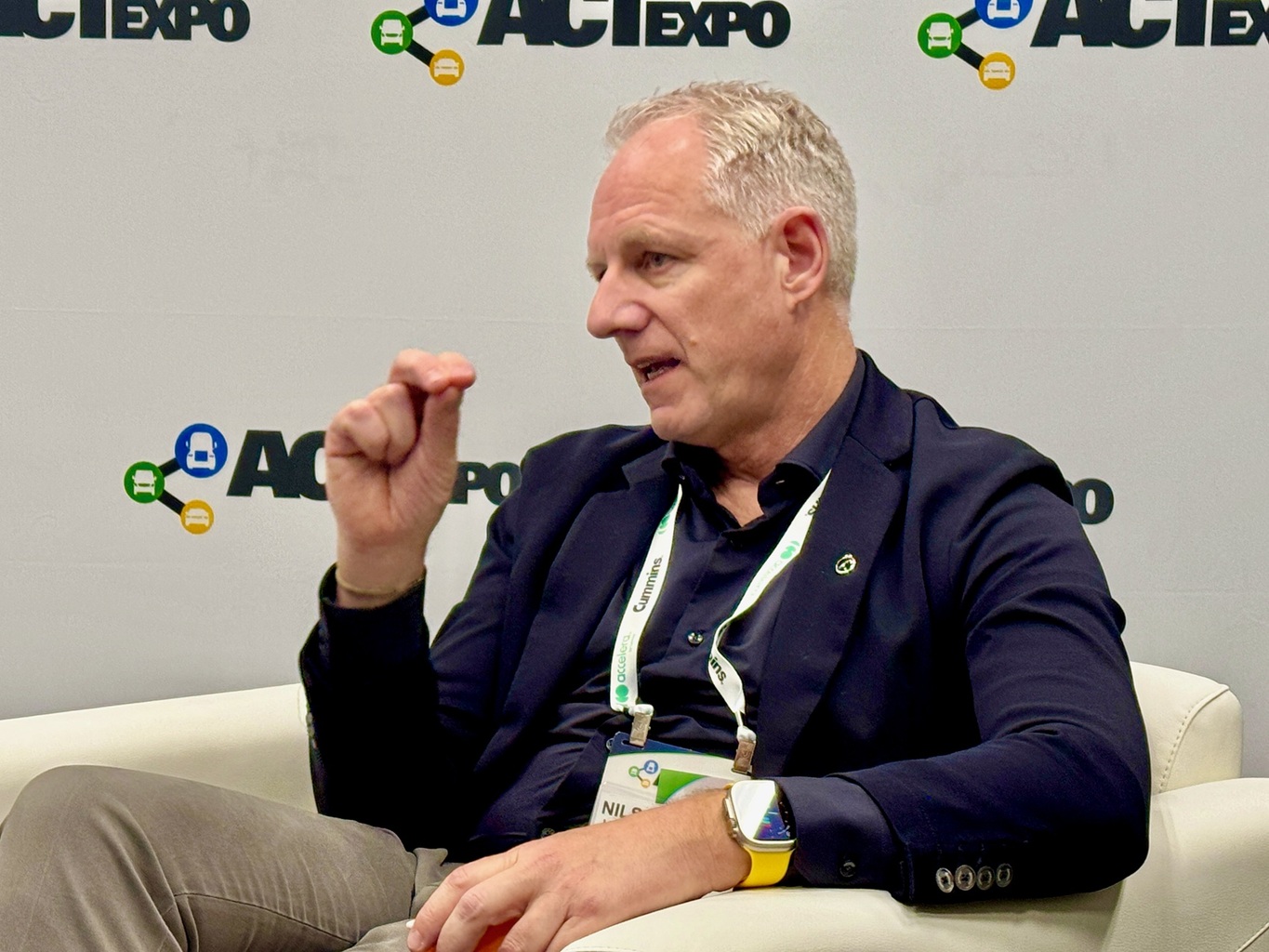
ITOY: Besides regulations, what else is crucial for successful deployment?
Nils: There are four critical factors:
1. Technology — the development of the autonomous system.
2. Regulatory framework — having the right rules in place.
3. Societal acceptance — getting buy-in from the public.
4. Industrialization and scalability — being able to produce at high quality and in large numbers.
That’s why we have invested significantly in our manufacturing capabilities, particularly at our New River Valley plant in Virginia, where we invested over $400 million to build a platform that allows for industrialized, high-quality autonomous trucks to come directly from the factory.
ITOY: Since you rely on sensor fusion, how do you deal with difficult weather conditions like heavy snow?
Nils: In our site in Northern Norway, where we are running autonomous transportation in a mining environment, conditions are extremely harsh: only two weeks of summer, a lot of salt, dirt, dust, tunnels, and so on. There, we mainly use LiDAR technology, complemented by special cleaning systems. However, that’s a controlled environment.
Public roads are much more complex. That’s why we start in the Sunbelt, like Texas, where the weather is more predictable. And honestly, if it snows in Texas, no trucks are operating - not just autonomous ones. Over time, sensors will improve, but for now, weather conditions are part of our deployment strategy.
ITOY: When do you plan to deploy your first fully autonomous truck on highways?
Nils: We usually don’t give exact timelines. But let’s put it this way: we’re not counting days, but we’re also not counting years - it’s somewhere in between.
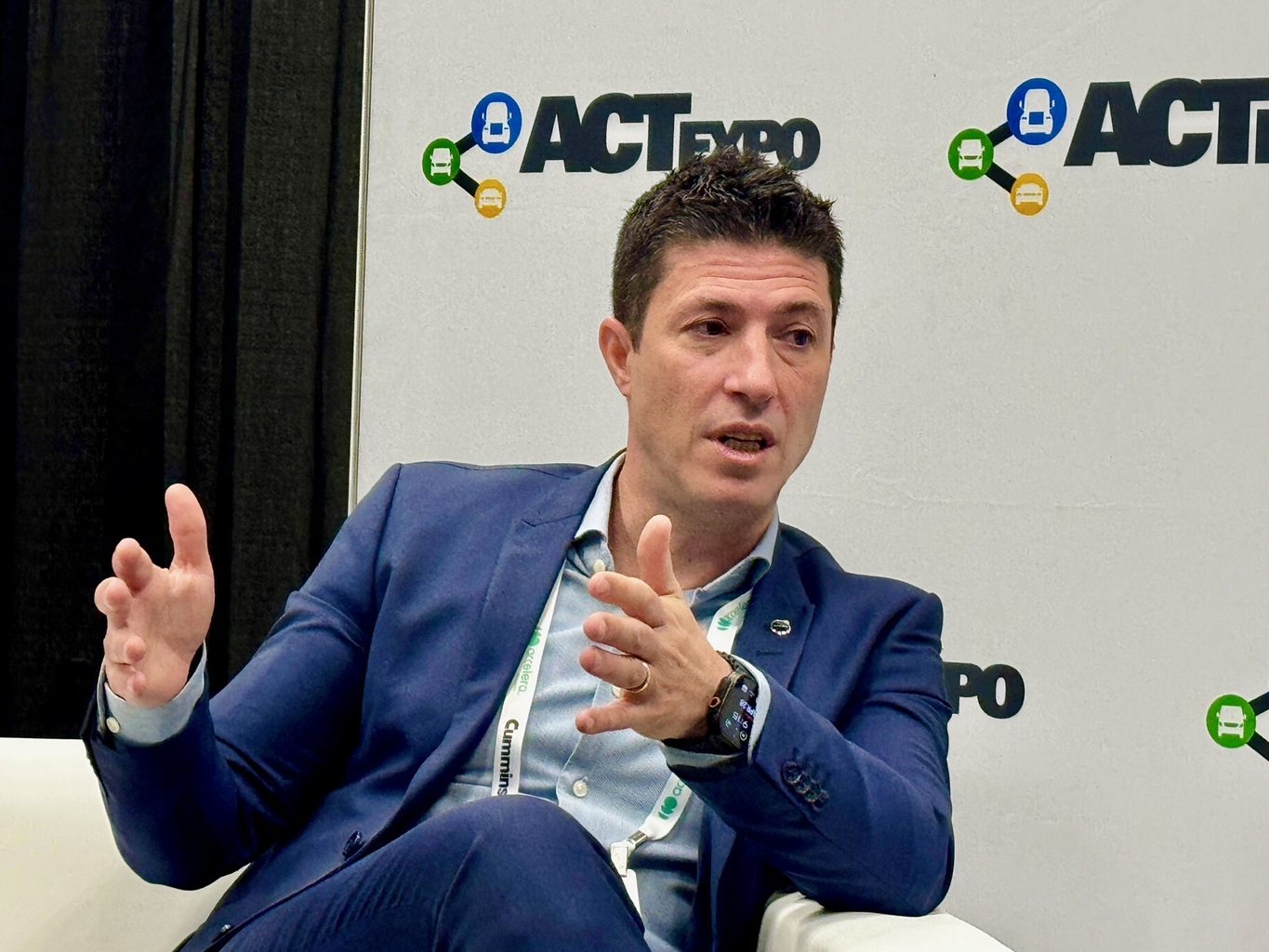
ITOY: How structured is your testing phase?
Sasko: We’ve divided the process into four major steps:
1. We started by operating the full freight flow with manually driven trucks to learn the ecosystem — from customer depot to transfer hub.
2. Then we moved to autonomous trucks with a safety driver, which is what we are doing now with customers like DHL and Uber Freight.
3. The next step will be removing the safety driver.
4. Finally, the scaling and industrialization phase.
This is not just a pilot — it’s a full commercial setup, with real contracts and operations.
ITOY: How are you addressing cybersecurity for autonomous trucks?
Nils: Cybersecurity is absolutely critical for us. It’s a top priority and an integral part of the safety concept. We work very closely with our technology partners to ensure the safest deployment possible. These trucks are fully connected and monitored, and with the cameras on board, any attempt at interference would be documented. But you are right - there is no safety without cybersecurity, and we take it very seriously.
ITOY: Do your trucks have redundant systems on board, for example in braking or steering?
Nils: Yes, redundancy is essential. When we say we’ve developed an autonomy-enabled truck, it means we have built in redundancy for all critical systems - steering, braking, and so on.
If the primary system fails, a secondary system immediately takes over. Building the truck from the ground up with redundancy, rather than retrofitting an existing truck, ensures maximum safety and efficiency. It’s similar to the approach taken in the aviation industry. Early on, we decided to develop the redundancy ourselves, according to Volvo’s quality standards, rather than outsourcing or modifying existing vehicles - and that makes a real difference.
ITOY: Do you think the development of autonomous trucks might discourage young people from becoming truck drivers?
Sasko: We see autonomous trucking as a complement, not a replacement of today’s drivers.
There is already a massive shortage of drivers, and with freight demand expected to increase fivefold by 2050, autonomous technology is not optional - it’s a necessity.
Younger drivers will still have a future, but their roles may shift more towards regional or last-mile transport, closer to home, instead of long-haul routes. We are targeting the long-haul segment, which today often involves drivers being away from their families for weeks - not an ideal situation. Autonomous trucks can take over these less attractive routes, while drivers can focus on more appealing, local jobs.
ITOY: What about the future of autonomous trucks in Europe, where regulations are even more fragmented?
Nils: I actually appreciate that the European Commission recently launched an initiative for autonomous transport corridors - real corridors, not just testbeds. It’s important that we think about cross-border flows rather than trying to create solutions country by country. There are logical corridors in Europe where autonomous transport makes sense, given the heavy freight flows. There are also other geographies, like Australia, where special challenges exist - such as wildlife crossing - but similar principles apply.
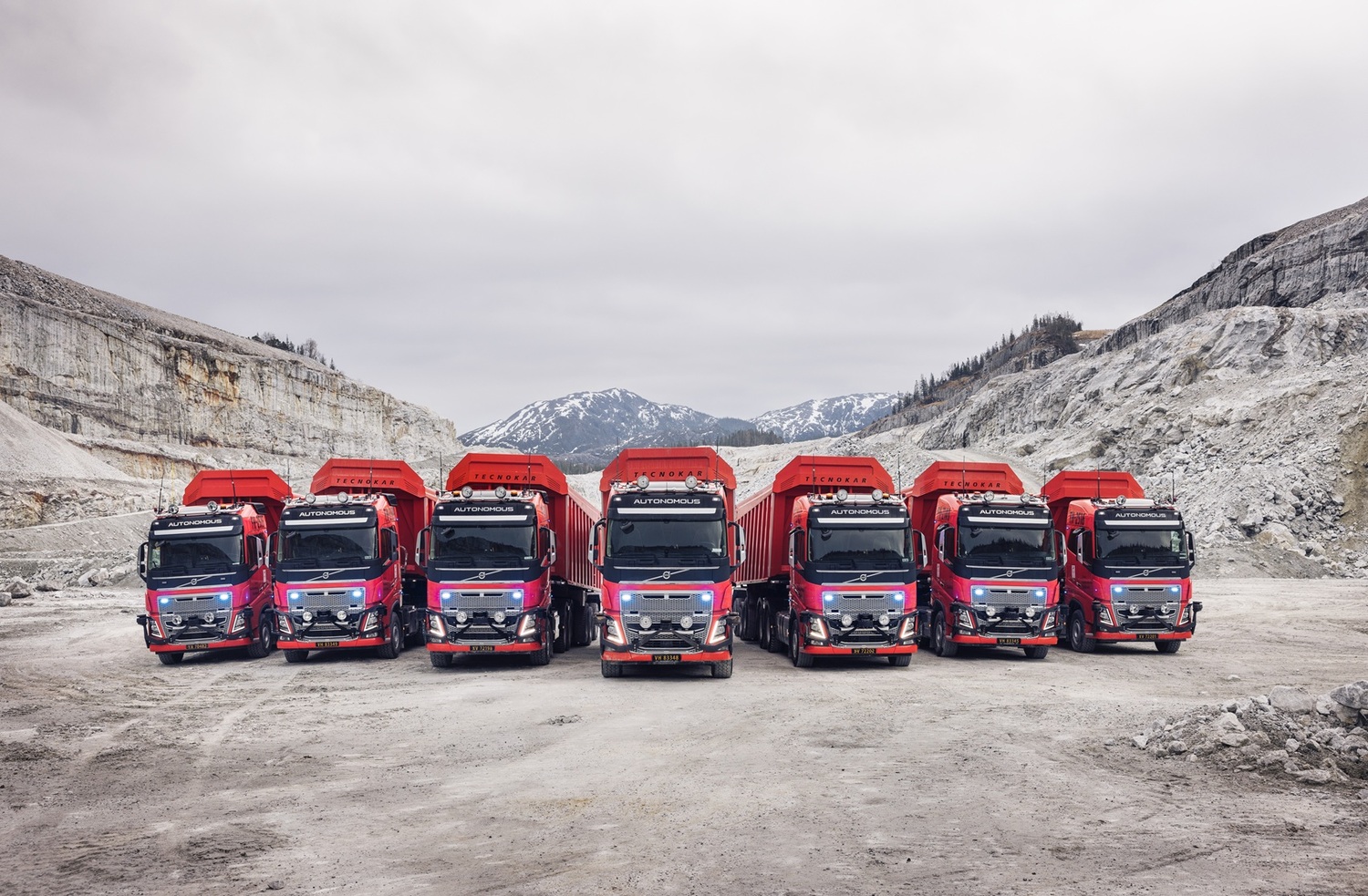
ITOY: Will autonomous operations in Europe first happen on private sites, like harbours, or on public roads?
Nils: What the Commission is proposing is clearly focused on public roads. Of course, we are already operating autonomous solutions on private areas, like mines and ports, but the future vision is highway-based public road transport.
Thank you very much for your time.
